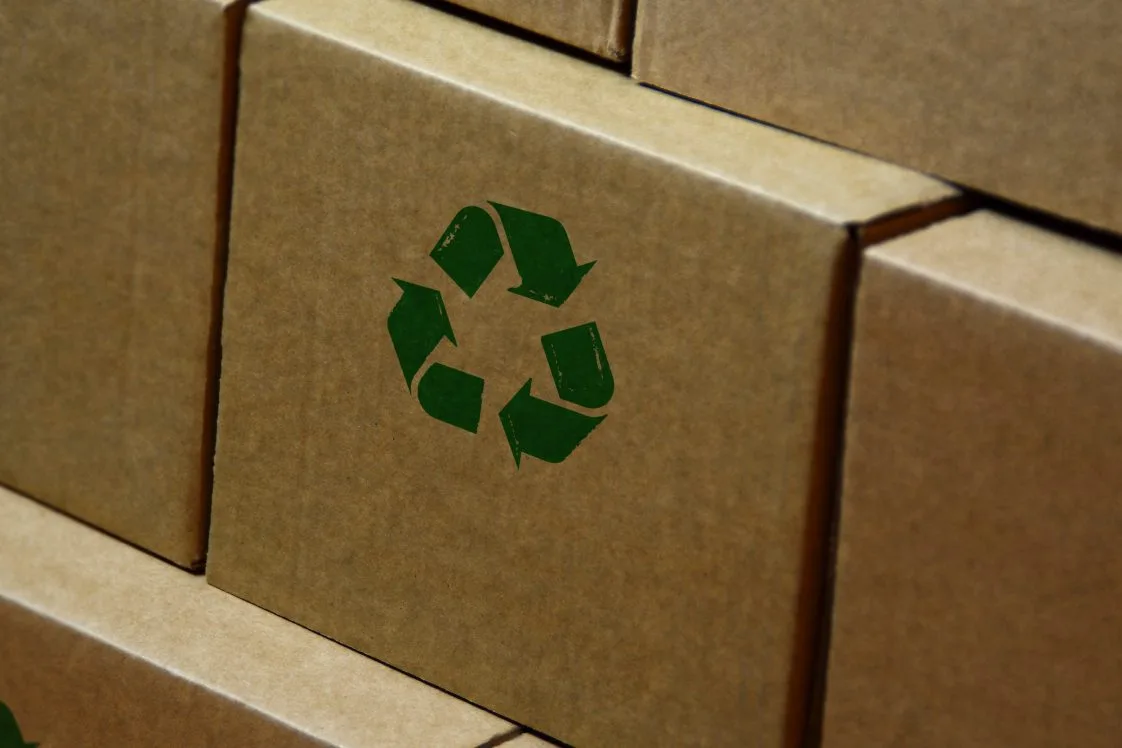Love the Earth: 9 Ways eCommerce Retailers Can Create Impact with Sustainable Packaging
Waste remains a huge environmental challenge. Switching to sustainable, eco-friendly packaging helps curb the environmental impact.
The world produces more than 140 million tons of plastic packaging annually. Eco-conscious retailers are working to use more environmentally sustainable packaging options to reduce their carbon footprint and the amount of plastic that gets dumped in landfills each year. And consumers value this effort. Among Amazon shoppers alone, 87% believe that major online retailers should curb the amount of plastic packaging they use.
In brick and mortar retail, products are packaged for display and shipped from the manufacturer or supplier to the store; the packaging is then discarded or recycled by the consumer. By contrast, eCommerce has the benefit of not requiring more elaborate display packaging, but by its very nature, it involves additional packaging as it is shipped from the manufacturer to the fulfillment center or store, and then to the customer. Store fulfillment options have reduced that added delivery, but packaging waste remains a huge environmental challenge.
Switching to sustainable, eco-friendly packaging helps curb the environmental impact.
What is Sustainable eCommerce Packaging?
Packaging that is eco-friendly or environmentally friendly is sustainable packaging. It typically uses zero to less plastic, has a smaller carbon footprint, and is often made of paper, fiberboard, or bioplastic that is biodegradable, recycled, or recyclable.
Conditions that can define sustainable packaging include:
- Biodegradable or compostable
- Recycled or recyclable
- Reusable
- Reduces overall packaging size or weight
However, sustainable packaging doesn’t have to be all of these. It isn’t just about what the packaging is made from or how it can be recycled; eco-friendly packaging solutions include the entire lifecycle of the packaging, from sourcing materials, manufacturing, disposal or reuse. It also includes product packaging, freight packaging (like bubble wrap, packaging beans, cartons, tape, stickers, pouches, shipping labels, return packaging, and poly mailers.
There are different types of packaging in the packaging ecosystem to consider:
- Product packaging – this includes packaging for the product and additional materials like tape, inserts, pricing labels.
- Delivery packaging – this is the shipping packaging used to send it to the customer.
- Freight packaging – this is the packaging like cardboard boxes and bubble wrap used by freight companies to ship products from manufacturer to warehouses, fulfillment centers, or stores.
Everything that gets wrapped around the product (and into it or with it) and included in shipping and product display needs rethinking to move to more sustainable approaches.
Are There Pros and Cons to Using Sustainable Packaging?
While environmentally it is always a positive thing to use sustainable packaging, there are pros and cons that retailers need to be aware of before investing in major changes.
Pros include:
- Reduces waste, pollution, and carbon footprint
- Improves brand reputation by meeting customers expectations for brand values and ethical choices
- Can be more cost-effective than traditional packaging and smaller packaging may lower shipping costs
Cons can include:
- May actually have higher costs, at least at first, due to more expensive eco-friendly packaging
- Harder to find eco-friendly packaging available in certain regions where products are sourced (such as China)
- Can have lower packaging performance depending on quality (though this is steadily improving with innovation)
Determining to use more environmentally friendly packaging makes sense for most retailers today; and is important to the customer experience.
Where can retailers begin?
9 Packaging Ideas to Be More Sustainable
There are multiple types of eco-friendly packaging materials that eCommerce retailers can consider for more sustainable options. While most retailers will not be able to totally eliminate all plastic, there are numerous ways to make a difference. Even a small step in the right direction makes a difference in the long run.
Product and shipping packaging that customers see has the biggest impact on brand reputation; whereas freight has behind-the-scenes impact. Here are some packaging ideas to adopt more sustainable options.
- Replace styrofoam peanuts or beans with mushroom-based mycelium packaging or shredded paper. Mycelium is entirely biodegradable and has been proven to have enough protective strength to safeguard products during shipment. Shredded paper or cardboard are other alternatives.
- Eliminate plastic mailers and use paper and card instead. Kraft paper is a good option for its strength, low cost, ability to be customized, and it’s easily recyclable.
- Work with a packaging designer to design shipping packaging that doubles as return packaging, if needed.
- Switch to compostable packaging, which can replicate the strength and reliability of plastic packaging, but has a lower environmental impact. For compostable packaging to make sense, it needs to be completely compostable, including tape, stickers, etc.
- Be aware that biodegradable packaging may have some plastic in it and while it may take less space at the landfill, it will still take up space.
- Consider how packaging could be reused by the consumer or by the brand if it’s returned for repurposing. Hemp or cotton bags or other reusable packaging gives customers the option to continue to use them or pass them along to others.
- Choose eco-friendly, renewable, and recycled options for tissue paper, bubble wrap, filer, packaging beans, and shipping boxes.
- Downsize package sizes to save on shipping costs and to enable carriers to pack more packages in their delivery trucks which reduces their emissions and carbon footprint.
These are a few ways to get started with sustainable packaging. For brands not handling their own fulfillment, we recommend talking with fulfillment partners to see if they can provide sustainable options.
Radial Supports Sustainability
Radial supports e-Commerce brands by offering sustainable packaging options. We also help offset carbon footprints by having fulfillment centers in strategic locations closer to retailers’ customers. This reduces the distance orders need to travel, reducing shipping and transportation impacts on the environment.
Learn how Radial can customize packaging to fit your needs

